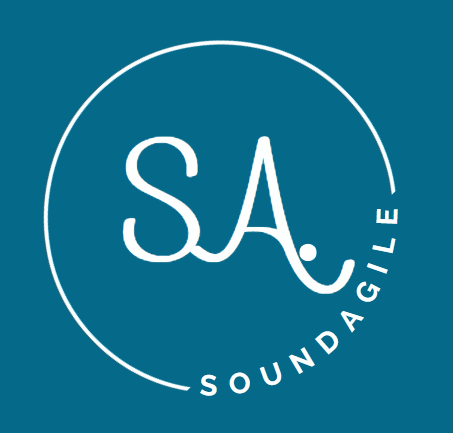If your organization is like most, you have an annual planning process where your functional leaders come up with things they think are important to do and then provide a cost estimate to your PMO, then you are not having the right conversation in your planning process, nor are you making an informed decision as to whether these disparate projects have strategic value.
In the worst-case scenario, you have two different groups working on opposing efforts or they may both be working on the same capability, meaning you have doubled your cost for the same capability (at a minimum).
By focusing only on cost, you are missing the key aspect of your investment in your software and product capabilities that support and drive your organization.
To ensure that you are building real long-term value you need to develop a value-based investment mindset that incorporates expected value (outcomes), cost, and risk associated with an anticipated investment.
My valuation model translates your organizational strategies into value scores that are associated with quantifiable outcomes.
When an idea is submitted, it is accompanied by a lean business case and a value score. The value score defines the outcomes at the outset of any planning.
It allows for healthy conversation in the Intake stage as to whether or not the idea should even be considered, value score aside.
You have limited investment dollars for your software/product development and you cannot waste them on work that is not valuable or aligned to strategic outcomes.
In truth, your software is filled with features and capabilities that are rarely or ever used. Keeping people busy working on things that have no value is not any fun from a technology perspective and it fills your code base with significant tech debt since many of these unneeded features were part of a project plan associated with unrealistic dates.
Moving to an investment mindset also gets you thinking about the flow of work to teams over the project and date-driven work that is already decided upfront. Developing a consistent flow of work for your teams is one of the single most important steps you take to develop mature agility.
Additionally, by taking an investment approach you allow for investments to be stopped, just as you might drop a stock from your portfolio if it isn’t performing to your risk/return profile.
You would do well to adopt the investment maxim that I was taught, have a sell trigger as soon as a stock price drops below a certain threshold, meaning don’t hold onto bad investments to the point they have no value.
What this means from an agility perspective, is that you have the power to stop investing in an idea if you discover that the cost or the efficacy of the idea won’t deliver the value you had expected. In your waterfall project approach, you would be forced to continue the project even if you had realized it wasn’t going to deliver what was expected.
If you would like to learn more about my Portfolio Valuation Model connect with me at michael@soundagle.

